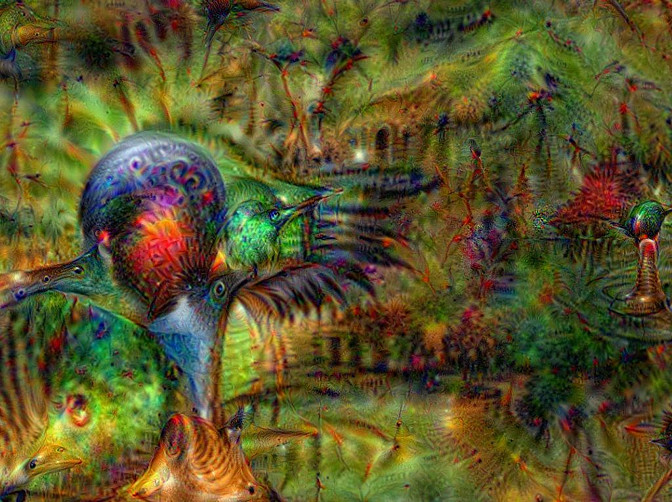State
The second in a series of posts about how we think about coding and functional programming. The first was The Homunculus
Even though I've complained about the metaphor of the homunculus, it can be used as a useful device to explain the differences between programming paradigms to a non-technical audience …
more ...